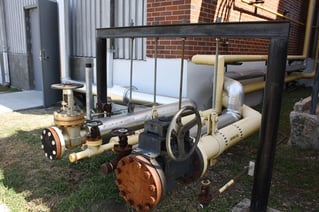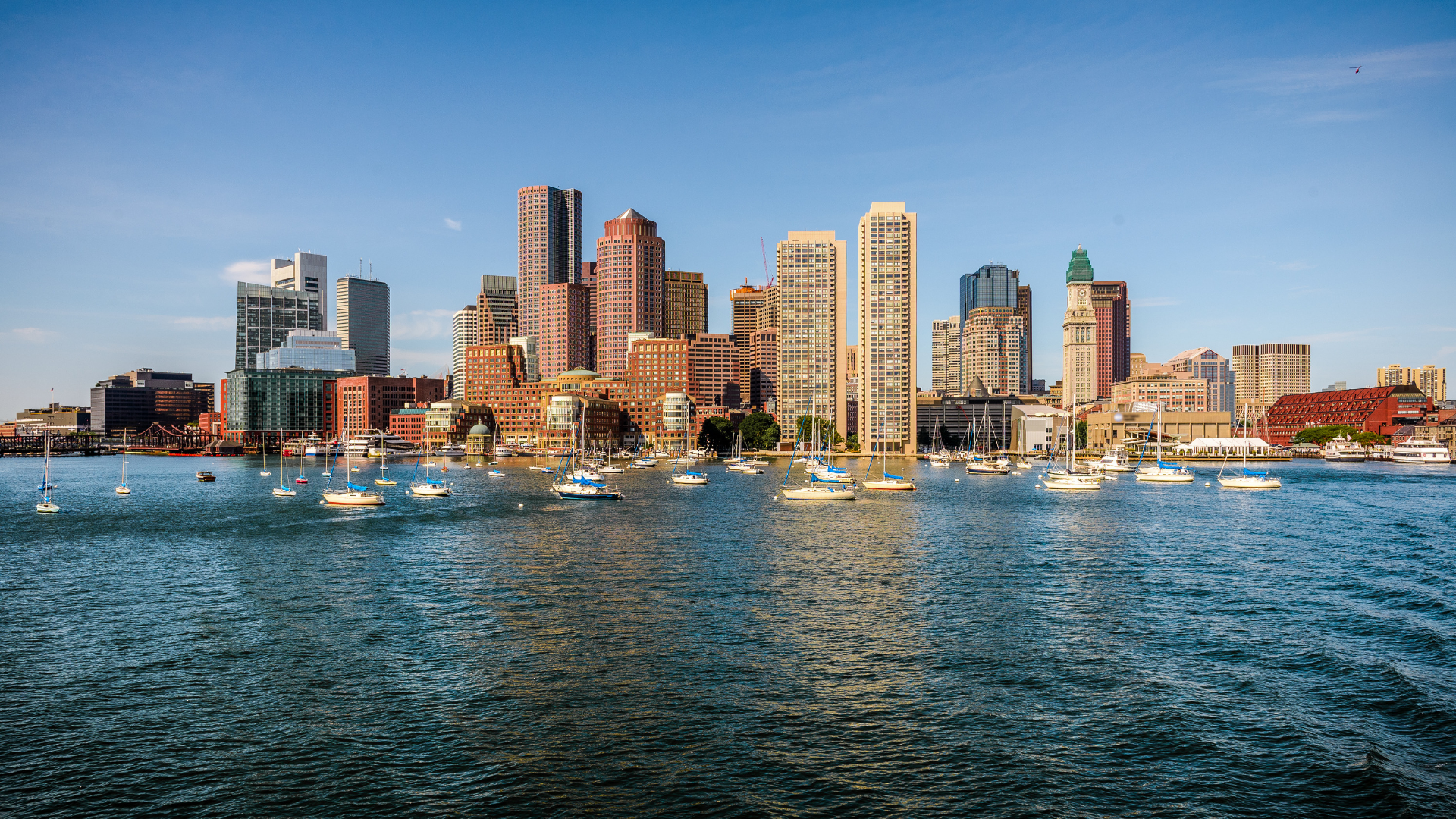As an organization, it is essential to have a contingency plan. If there is ever a crisis, it’s in your best interest to develop an organized plan to keep your business operating smoothly.
With warmer weather on the way, now is the perfect time to make your plan. By the time the harsh winter rolls around again, you will be ready!
During the cold winter months, heating your facility should be one of your top priorities. Whether or not your facility experienced issues with heating in the past, it is advised for your business to expect the unexpected.
Are you ready?
A contingency plan is a strategy devised by an individual or organization to prepare themselves or a facility for a future event that may or may not occur. The idea behind a contingency plan is to recognize the possibility of a disastrous event(s) and appropriately arrange the necessary resources needed to accommodate the facility to ensure normalcy is brought back as soon as possible.
When you create a contingency plan, we suggest you focus on three key questions; what are the possible emergencies that can occur? How will you respond? What can you do to prepare for it?
- When beginning to organize a contingency plan, be sure to analyze all potential risk factors.
- The next step would be planning on how you would respond to these recognized risks. Each scenario would be unique and would most likely need assistance from a variety of organizations. If you are able to pinpoint each risk in advance, you can then identify a trusted company that has proven to be reliable when it matters most. Having an individual point of contact is strongly recommended to avoid any communication error throughout this process. Remember: this is likely to be an emergency so there is no room for error. Communication is critical!
- To readily prepare yourself for these potential risks, start planning now. It is highly suggested that you upgrade any existing equipment or retrofit specific areas that will help increase accessibility or the convenience of your preferred vendor. By making the proper modifications prior to a crisis, you will eliminate downtime and increase productivity.
What are the possible risks?
Analyze all risk factors, and understand how they will impact your facility. From the largest interruption to the smallest inconvenience, be aware that your infrastructure is connected in so many ways, and very rarely is one factor simply isolated.
How will you respond?
Each scenario is unique and most likely need assistance from a variety of partner organizations. If you are able to recognize each risk, you should have a company with a proven track record to be responsive and trustworthy. Having an individual point of contact is also recommended to avoid communication errors.
What can you do to prepare?
In order to minimize down time, it is strongly suggested to install appropriate measures such as steam and/or hot water manifolds at the outside of a particular building. In addition, ensure electricity and water are within the area as well. The goal is to allow a mobile boiler to pull up and be connected and online as fast as possible. By making the proper modifications prior, you can minimize mobile boiler setup time.
The Wilkinson Companies can help guide your plan. We will assist you in planning under normal operations, so your facility will be ready in case of emergency. We perform boiler room audits and can install the proper piping and connections that will keep you running.
By focusing on our three key questions, you’ll have a valuable contingency plan in place, and be ready for just about anything. If we can help you with your contingency planning, please call Fleet Manager, Dave Roche at (617) 908-5125.
For additional information on our contingency planning process, please click Learn More.


